All I Ask is a Tall Ship…
Wilhelm has a post up today about his love of battleships and a coming game called World of Battleships. I started making a comment but it grew to long so I decided to make a post instead. It’s not really a direct reply, but more ‘inspired by’.
Battleships are a thing of beauty. Big, powerful, deadly. They were the ultimate power on the sea but they fell victim to the same technical advancement that brought them to life. Over a stretch of less than 80 years, naval forces transformed from wooden hulled ships, powered by sail, with decks of side mounted cannons, to a world dominated by air craft launched from an oil powered floating landing strip. And while the naval warship still exists, it is nothing like those early battleships or the wooden ancestors.
The Age of Sail saw combat taking place close, but for the first time in naval history, no very close. Until the cannon, ship to ship combat was dominated by boarding parties and rams. Ores were the primary means of propulsion during combat and the goal was to either pull alongside, or to ram and sink. Often both were accomplished at the same time. In time, ships evolved into floating castles, where archers would fight from high battlements in the bow and stern of ships.
By the time the cannon appeared on the scene, the mechanics of sailing had come into their own. Combat became about out maneuvering your enemy and gaining the ‘weather gauge’. That would allow you to control the engagement. Speeds were slow, and range was limited. Despite the cannons, many engagements were decided by a boarding action. Cannons disabled the sailing ability and decimated the crew, before the two combatants would come together to fight on the decks. Horatio Nelson was not famous for grand tactics, but his tenacity in boarding the enemy. “Never mind maneuvers, go straight at them” was his philosophy.
The Crimean War and the US Civil War saw this form of warfare change. Brought on by the introduction of explosive shells, which tended to make wood not blown up catch fire, iron armor plating began to be introduced. The French sparked the new battleship race with La Gloire, a wooden hulled ship that was “iron clad” for protection. The British responded with the first iron-hulled warships, Warrior. Powered by steam, which was uncommon but not unique., Warrior is regarded as the first true battleship. Multiple innovations of the time came together with the US’s Monitor. Designed by Swedish inventor John Ericcson, the Monitor was an iron hulled ship, with a steam driven propeller propulsion, and a rotating gun turret. She was built in response to the Confederates Merrimac/Virginia which had been covered with armor plating, and with explosive shells could decimate the Union fleet.
From there, the race was on to build bigger and more powerful ships. This culminated in 1906 with Dreadnought, a Royal Naval vessel that again revolutionized the battleship. Using steam turbines that allowed for incredible speeds, full complement of big guns with ranges exceeding 17,000 yards, and an innovative electronic fire control system, Dreadnought outclassed every other ship in existence. Her name has become synonymous with a revolutionary warship.
Unfortunately, Dreadnought came into existence just as the aircraft carrier was being developed. Battleships had their last day in World War I, but were eclipsed by the next war. Even though their design continued to evolve, culminating for the US in the Iowa-class, and the naval treaties of the 1920’s revolved around limiting the power of battleships, the carrier would surpass her. Now, carriers are on the way out with the advent of guided missiles and aerial drones.
The next evolutionary battleship might be the DDG-1000, Zumwalt. Designed as a multi-role ship she will lack the massiveness and tremendous firepower of historical battleships. Designed for a smaller crew with a reduced radar signature, drone launch capabilities, sea to shore gun capabilities, integrated power systems, advanced fire control systems, and eventually a possible laser or railgun battery, Zumwalt will carry Dreadnoughts tradition of evolutionary design.
(This one actually taken by me)
Despite the evolution of the carrier, I’ve always had a strong interest in the Age of Sail and age of battleships. My senior year, my high school band got to go to Hawaii to play for a reenlistment ceremony onboard USS Missouri. It was a wonderful experience to see such a grand ship. I would love to one day see Constution, though not a battleship, and HMS Victory over in London. Every time I drive to Florida along I-10, I enjoy seeing Alabama docked in Mobile Bay. Ironically, Texas is located here in Houston and despite being here for five years I’ve yet to get out to see her.
Suggested Reading
Reign of Iron– James Nelson- Story of John Ericcson, the design of the USS Monitor and the clash between her and Virginia
Cochrane: The Real Master and Commander– David Cordingly- Story of Thomas Cochrane, the British captain that Patrick O’brian based his character of Jack Aubrey on.
Six Frigates– Ian Toll- The early days of the US Navy and the six frigates that were the foundation.
Castles of Steel– Robert K. Massie- Account of the last great Naval struggle during WWI culminating in Jutland.
Dreadnought– Robert K. Massie- The impact and development of HMS Dreadnought
The War for All the Oceans– Roy and Lesley Adkins- the war on the ocean during the Napoleonic era. Great account of the exploits of Nelson.
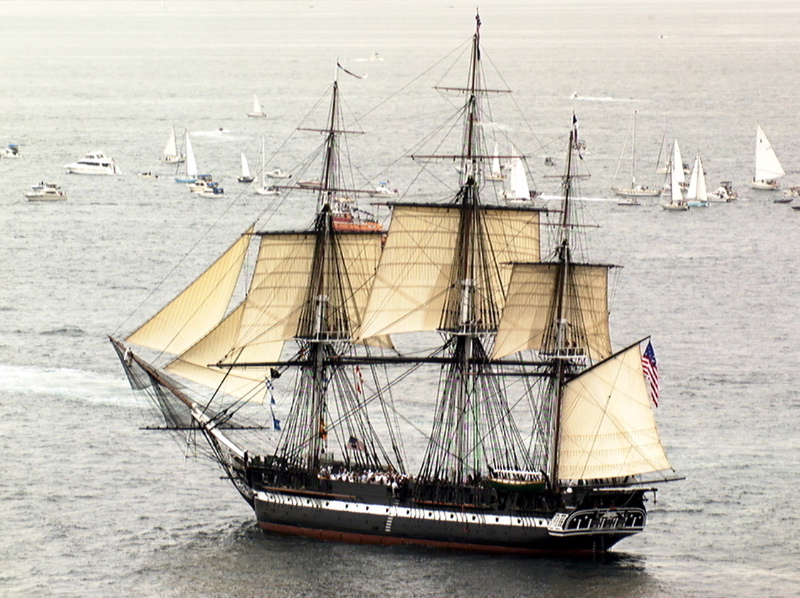
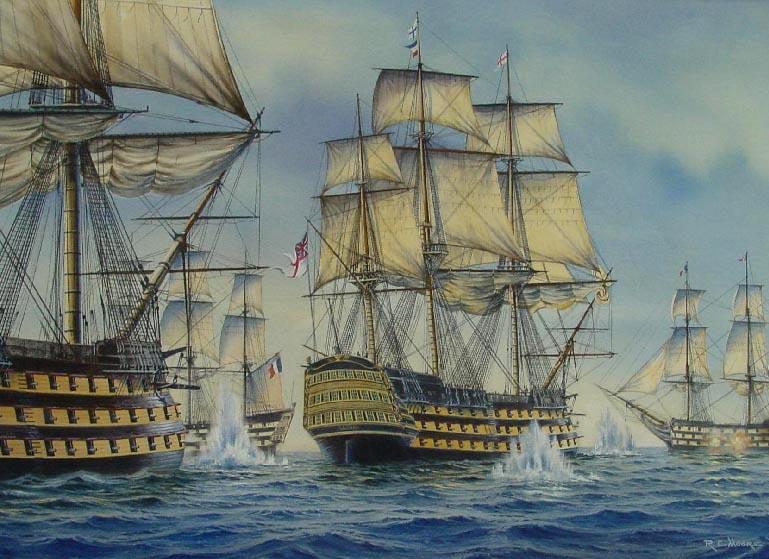

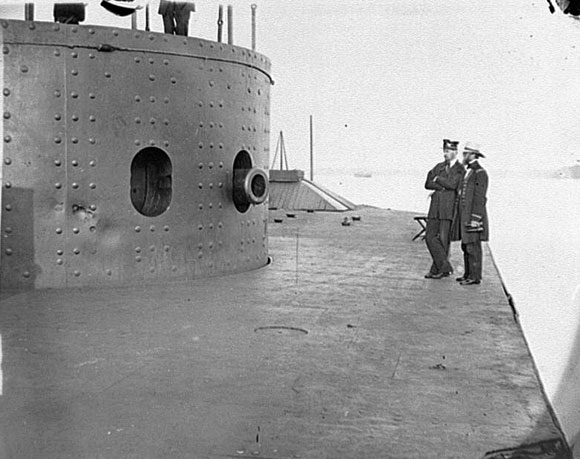
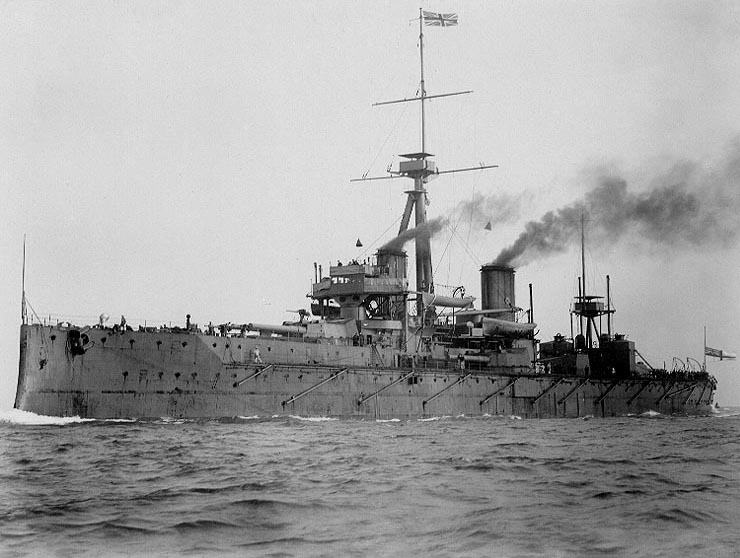
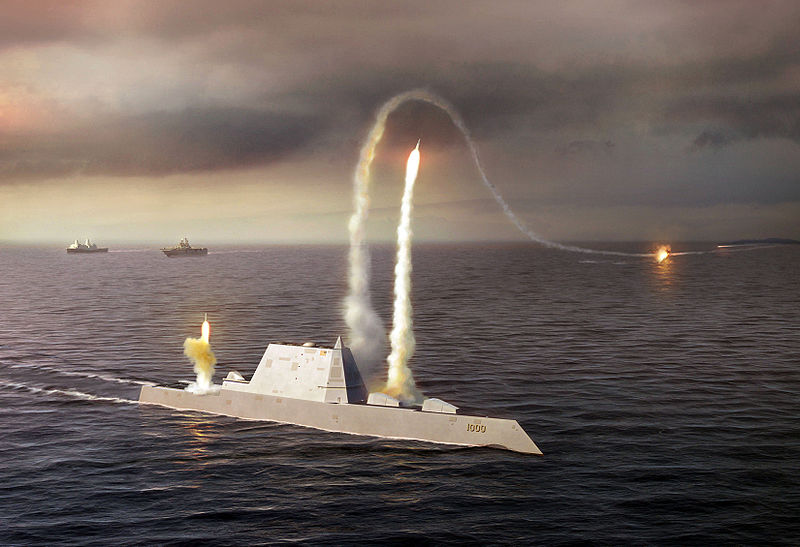
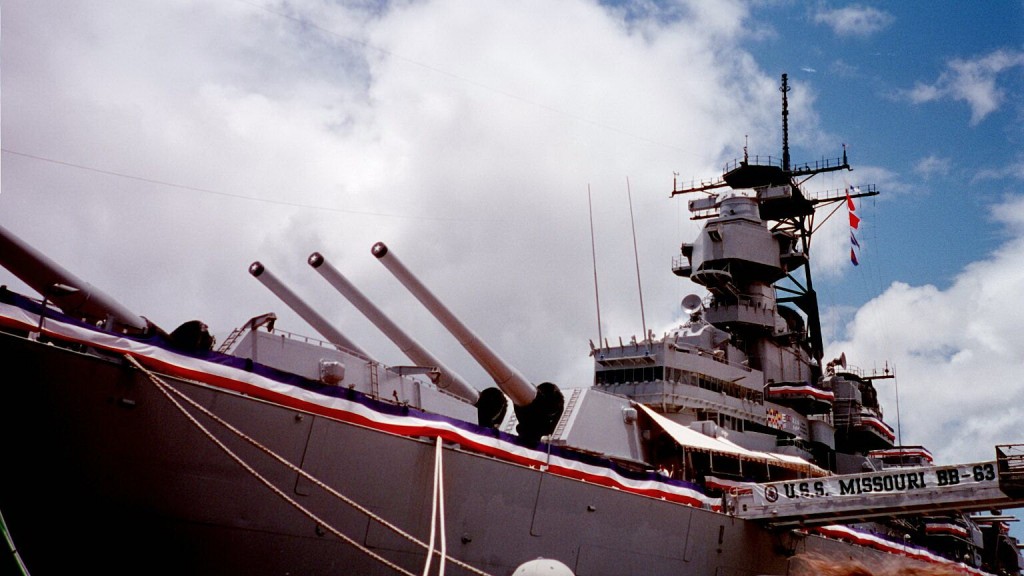


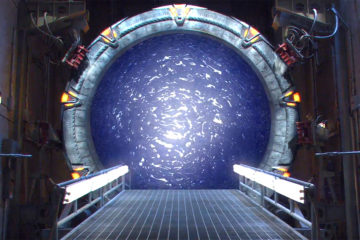
1 Comment
purple black · August 25, 2011 at 8:04 am
Attention-grabbing views on that!
Comments are closed.